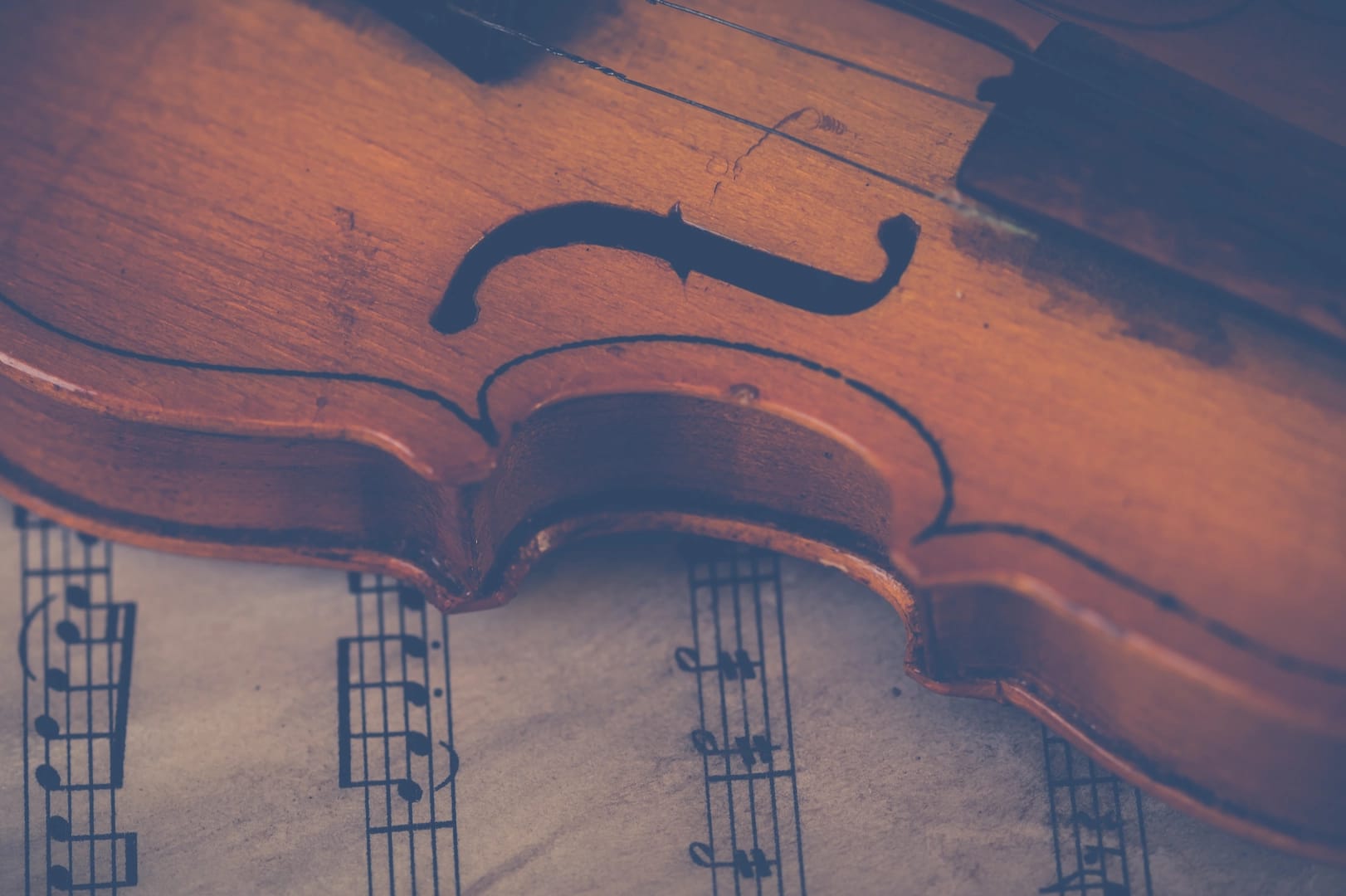
KUSC’s Alan Chapman has a lot to say about music, but can he say it in 60 seconds? That’s the Chapman Challenge. We ask a question and Alan has a minute to answer it.
Today’s question is from John and Tamara Callahan in Atlanta, Georgia, who want to know “What is the most common key for a symphony and why?”
First a few words about string instruments. When you play a note you either press down on the string or you don’t, which is called an open string. Obviously the notes that are available on open strings depend on how the instruments are tuned.
And notes played on open strings have a brighter sound, so if that’s what you want for your symphony, you choose a key that favors open strings. And one such key is D major. It’s the key of eight symphonies by Haydn and ten by Mozart, including three of his biggies, the Paris, Haffner and Prague symphonies.
That’s today’s Chapman Challenge. Is there a question you’d like to have answered in 60 seconds? Send it to us at [email protected].







